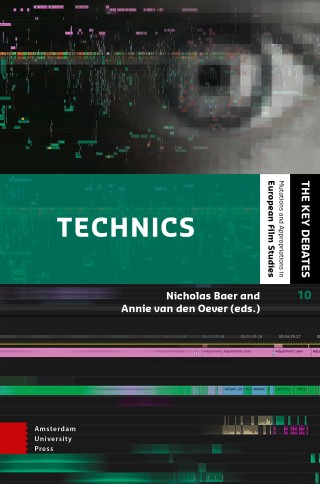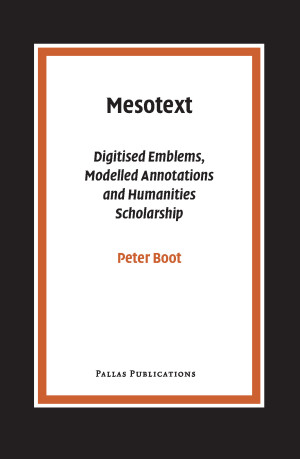The most strikingly missing piece of functionality in current digital editions is that of annotation. Digital editions should offer a facility where researchers can store structured and unstructured observations with respect to the edited texts.
This book discusses a number of approaches to annotation systems in the context of the study of emblems, the sixteenth and seventeenth century literary genre that joins an image, a motto and an often moralizing epigram.
When handled properly, annotation can become mesotext, text positioned between the annotated texts and the scholarly articles and monographs for which the annotations provide the evidence. In a digital context, it should be possible to navigate back and forth between annotated text, annotation and article.
Peter Boot was born in 1961. He studied Mathematics in Leiden and Dutch Language and Culture in Utrecht, where
he specialised in Older Dutch Literature. Since 2003 he has been employed at the Huygens Institute, where he works as a humanities computing consultant and researcher.

